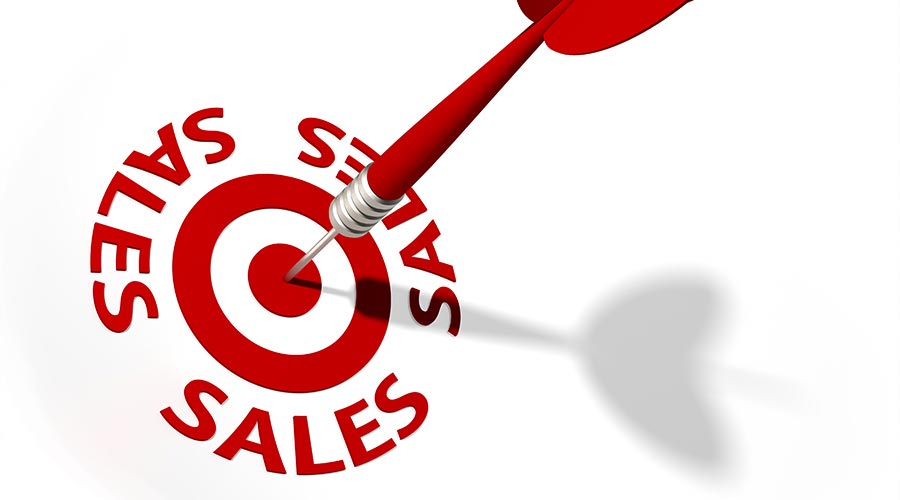
The business leaders I speak with are astonished by the increasingly unpredictable and rapidly changing business environment. Markets shift without warning, buyer expectations evolve constantly, and technology advances at breakneck speed.
Angela Duckworth's groundbreaking research on grit — defined as passion and perseverance for long-term goals — reveals that mindset traits like tenacity and resilience are stronger predictors of success than talent alone.
To thrive, modern sellers must master more than product knowledge and objection handling; they must cultivate resilience — the capacity to rebound from setbacks, adapt on the fly, and maintain a relentless customer focus even when everything else feels upside down. Nelson Mandela captured the essence of resilience in this famous quote: "The greatest glory in living lies not in never falling, but in rising every time we fall."
This insight captures why resilience matters. It's not the absence of obstacles but the agility to overcome them that separates top performers from the pack.
Why Resilience Trumps All
1. Sustained Performance Under Pressure
According to Objective Management Group (OMG), sellers who score in the top 25 percent for resilience are twice as likely to be top performers as those in the bottom quartile. They maintain high activity levels and close rates even during economic headwinds or extended sales cycles.
2. Customer-Centricity When It Counts
Resilient sellers stay centered on customer needs — asking the right questions, listening empathetically, and delivering value — even when meetings are canceled or budgets are slashed. This unwavering focus builds trust and accelerates buying decisions.
3. Rapid Recovery from Rejection
In a profession where "no" outnumbers "yes" by multiples, the ability to rebound quickly is a competitive advantage. High-resilience reps view lost deals as lessons rather than failures, maintaining their pipeline momentum and emotional energy.
Building Resilience
1. Embed Resilience in Your Sales Process
Formalize recovery checkpoints. Schedule regular "deal health" reviews to spot stalled opportunities, prescribe targeted coaching, and pivot strategies before prospects lose interest.
2. Coach for Grit
Train managers to model calm under fire, sharing stories of turnaround wins, dissecting loss postmortems without blame, and celebrating "bounce-back" behaviors as much as closed deals.
3. Leverage Continuous Learning
Bite-sized microlearning sessions on proactive listening, adaptive questioning, and real-time objection labs keep skills sharp. Reinforce concepts in weekly huddles to translate theory into practice.
4. Foster a Culture of Psychological Safety
Encourage open discussions about challenges, empathetic listening, and shared problem-solving. When reps feel supported, they're more likely to take smart risks and recover swiftly from missteps.
The best sales leaders view resilience as a strategic competency. They assess resilience when hiring, reinforcing it in training, and measuring it in performance reviews. Organizations ensure their revenue engines don't grind to a halt when there is a setback.
In the words of Winston Churchill, "Success is not final, failure is not fatal: it is the courage to continue that counts." Extend that wisdom. If you can't embed resilience into your sales process, you risk not knowing how you'll weather the next storm.
Conduct a resilience audit of your team. Identify gaps, set targeted development plans, and watch as your sellers not only survive but thrive in 2025 and beyond. If you'd like to learn more about sales resilience, click here to download the free white paper.
Jim Peduto is the Managing Partner and the co-founder of Knowledgeworx, LLC. Owners and CEOs rely on Jim's strategic thinking and transformational growth expertise to win market share and achieve performance gains.

 The Down and Dirty on Cleaning in Virus Season
The Down and Dirty on Cleaning in Virus Season How Surfactant Use is Expanding in Commercial Cleaning
How Surfactant Use is Expanding in Commercial Cleaning